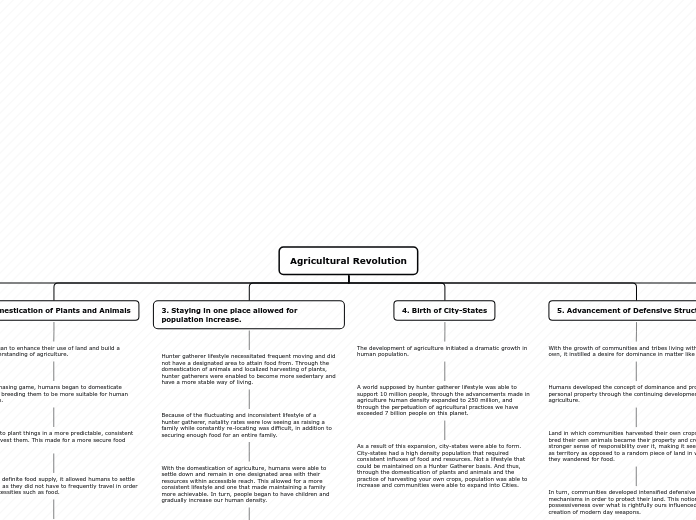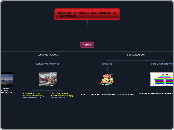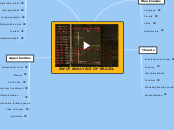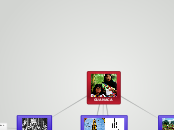Agricultural Revolution
6. Stable agricultural practices encouraged technological advancements/specialization
Maturing agricultural practices relieved the individual responsibility of finding food and basic resources. There was a secure system that was maintained that was distributed collectively. In turn, people were now able to explore other practices.
This could be seen in the development in weaponry to protect their land specifically, but also in the grinding and sculpting of stone, most notably the invention of wheels, invention of textile fabrics and developments in pottery.
5. Advancement of Defensive Structures
With the growth of communities and tribes living within their own, it instilled a desire for dominance in matter like conflict.
Humans developed the concept of dominance and protecting personal property through the continuing development of agriculture.
Land in which communities harvested their own crops and bred their own animals became their property and created a stronger sense of responsibility over it, making it seem more as territory as opposed to a random piece of land in which they wandered for food.
In turn, communities developed intensified defensive mechanisms in order to protect their land. This notion of possessiveness over what is rightfully ours influenced the creation of modern day weapons.
4. Birth of City-States
The development of agriculture initiated a dramatic growth in human population.
A world supposed by hunter gatherer lifestyle was able to support 10 million people, through the advancements made in agriculture human density expanded to 250 million, and through the perpetuation of agricultural practices we have exceeded 7 billion people on this planet.
As a result of this expansion, city-states were able to form. City-states had a high density population that required consistent influxes of food and resources. Not a lifestyle that could be maintained on a Hunter Gatherer basis. And thus, through the domestication of plants and animals and the practice of harvesting your own crops, population was able to increase and communities were able to expand into Cities.
3. Staying in one place allowed for population increase.
Hunter gatherer lifestyle necessitated frequent moving and did not have a designated area to attain food from. Through the domestication of animals and localized harvesting of plants, hunter gatherers were enabled to become more sedentary and have a more stable way of living.
Because of the fluctuating and inconsistent lifestyle of a hunter gatherer, natality rates were low seeing as raising a family while constantly re-locating was difficult, in addition to securing enough food for an entire family.
With the domestication of agriculture, humans were able to settle down and remain in one designated area with their resources within accessible reach. This allowed for a more consistent lifestyle and one that made maintaining a family more achievable. In turn, people began to have children and gradually increase our human density.
2. Domestication of Plants and Animals
Humans began to enhance their use of land and build a greater understanding of agriculture.
Instead of chasing game, humans began to domesticate animals and breeding them to be more suitable for human consumption.
They began to plant things in a more predictable, consistent way and harvest them. This made for a more secure food supply.
With a more definite food supply, it allowed humans to settle down seeing as they did not have to frequently travel in order to attain necessities such as food.
1. Hunter Gatherer
Hunter Gatherer lifestyle was non-sedentary, meaning they were never inactive, they were constantly moving in pursuit of food and resources.
They aimlessly chased game wherever it migrated with no intention of returning to a designated area. They had no structure in terms of dwelling and resource production.
This lifestyle was ultimately unsustainable because of its inconsistencies. It was only able to support roughly 10 million people.









